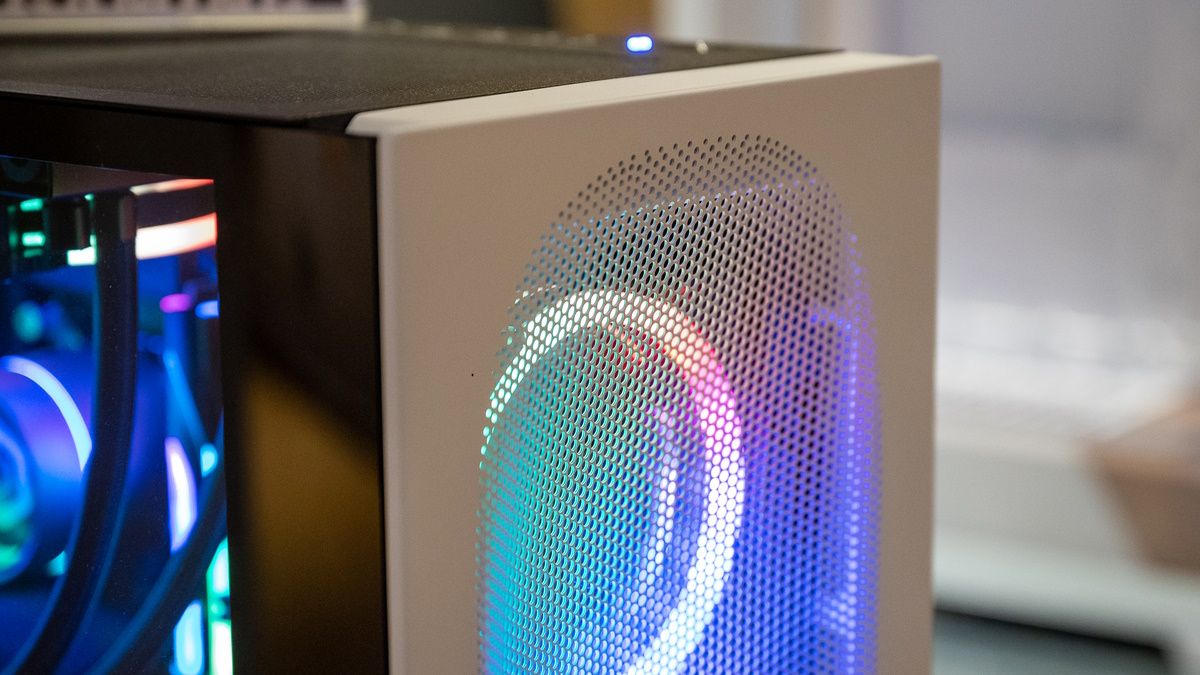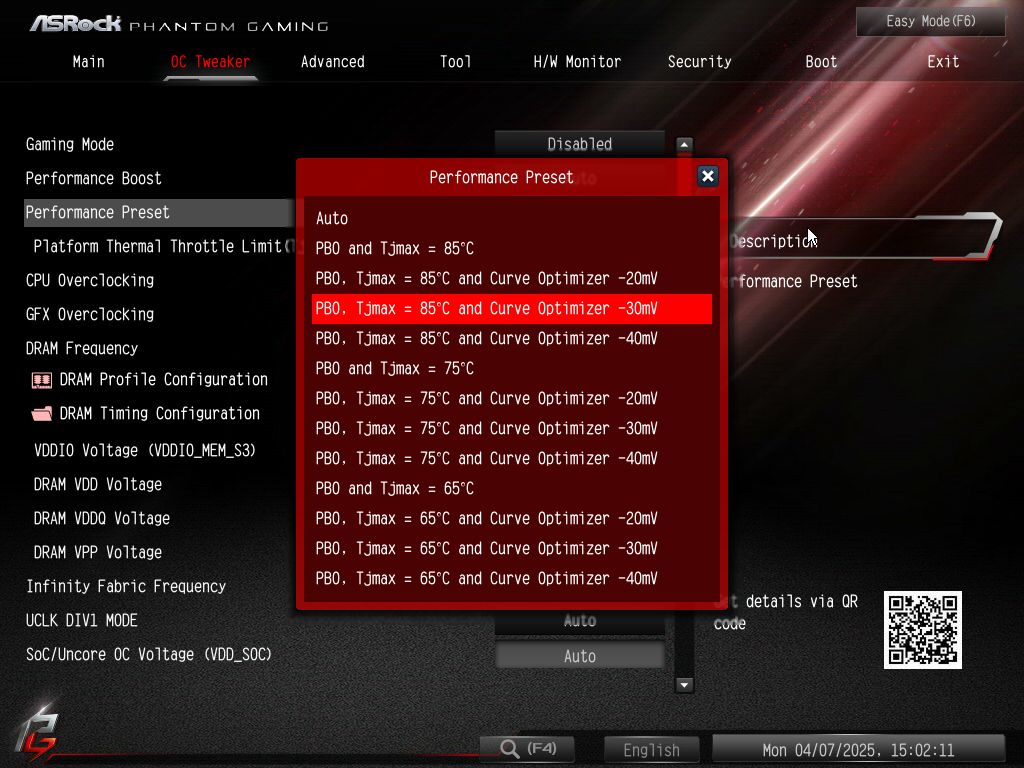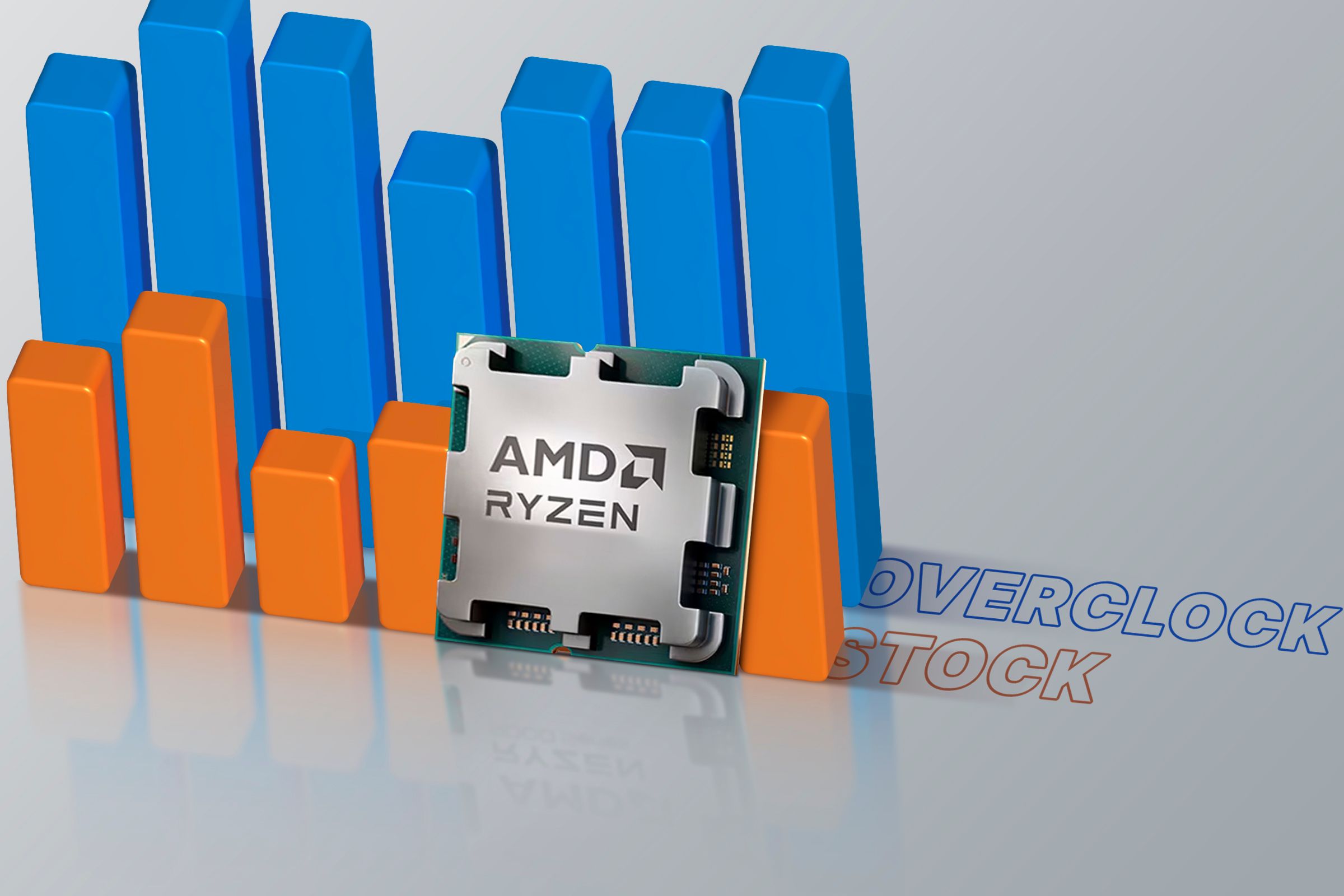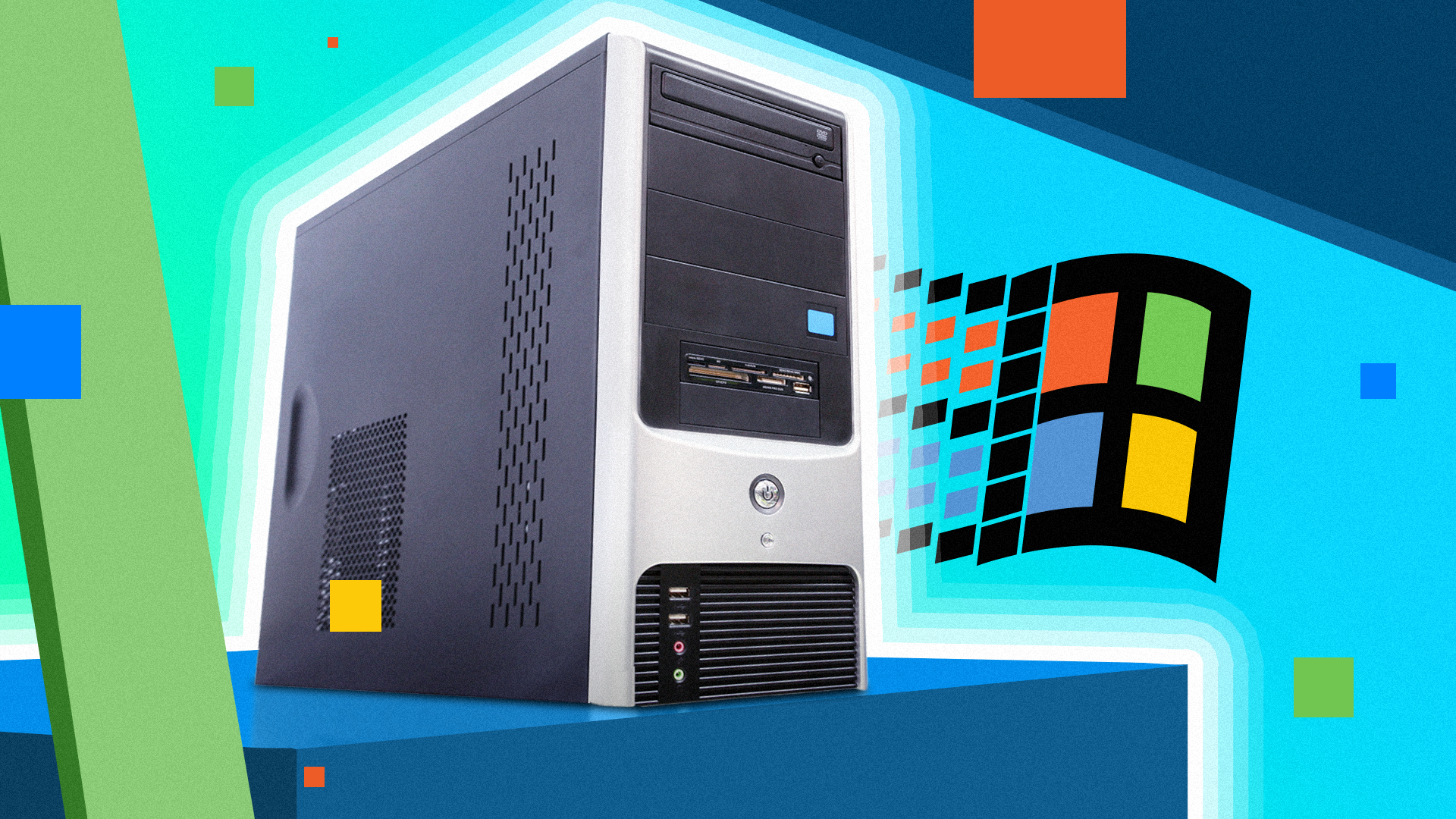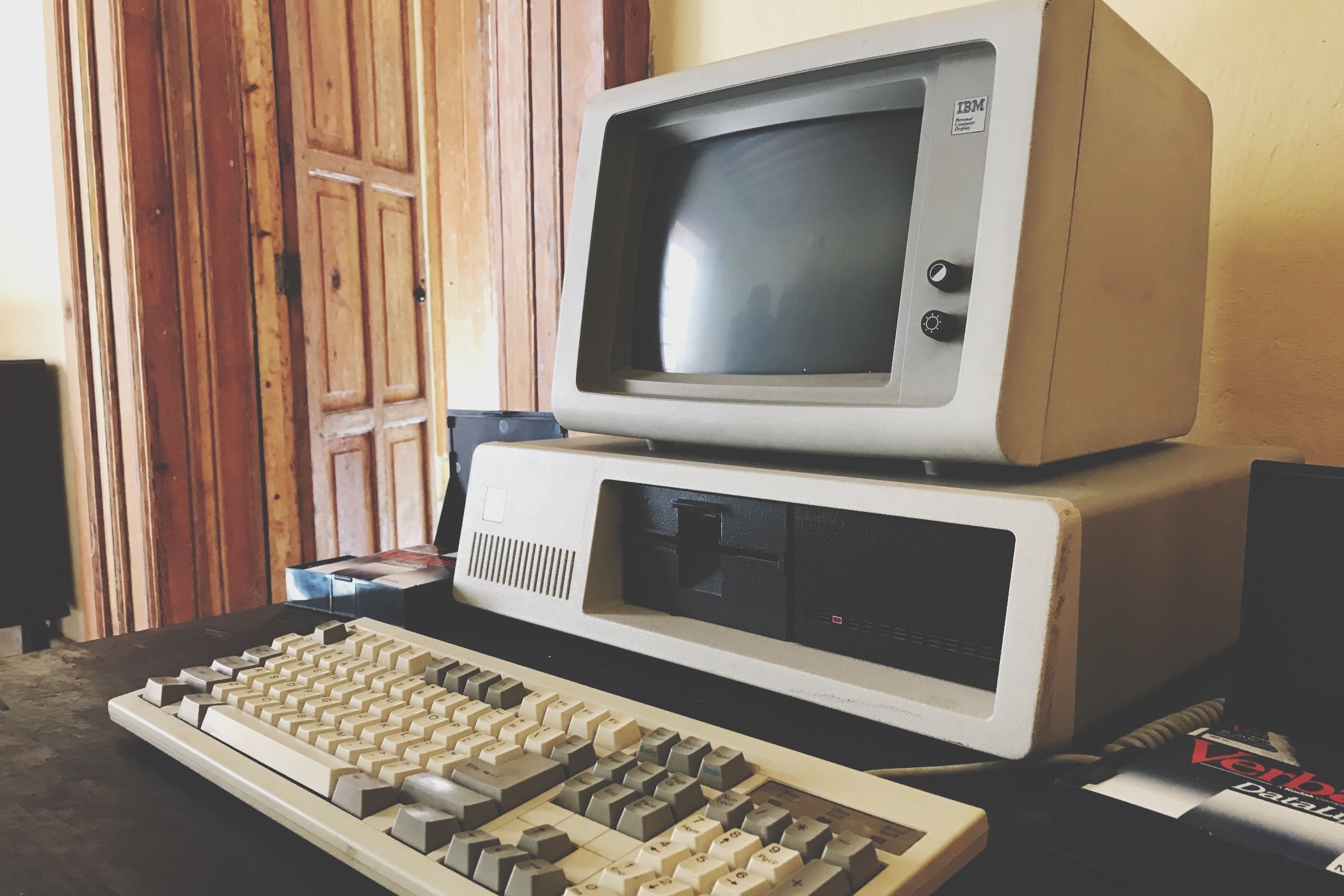Summary
- Building and setting up a PC today is significantly more complex than it used to be.
- Modern components and settings in the BIOS and drivers can make PC setup stressful, even for experienced builders.
- Optimizing a new desktop PC for the best settings is largely the owner’s responsibility.
Building a new PC was once a moment of triumph. Now, it’s just the beginning, as you have to install apps, download large games, and tweak dozens of settings before it’s fully set up. Let’s take a look at how we got here and how things used to be.
Starting Up a New PC Now Comes With a Long Checklist
More people than ever are building their own PCs (and it’s not just to save money), and that’s an awesome trend that I’d love to see continue. If you’ve ever built a PC, you know that every moment of excitement is matched with a feeling of dread—if you make a mistake, there’s no easy way to undo it.
Before you can even build your PC, you have to ensure that all your parts are compatible. Even components typically seen as broadly interchangeable, like the RAM and SSDs, can cause issues in newer systems, despite you having the right generation of DDR and M.2 slot.
Troubleshooting a PC that won’t even POST is one of the most nerve-wracking experiences that a PC builder can face, and I sincerely hope that you’ll never have to endure it.
However, what you will have to endure is the near-infinite to-do list that follows after installing Windows on your machine. Aside from having to download, install, and configure all your apps and games, you’ll also have to update the BIOS, graphics card drivers, chipset drivers, and numerous other apps and drivers for your mouse, keyboard, microphone, webcam, and even monitor.
That’s just the beginning, though. You’ll still have to change some settings in Windows, and if you’re a gamer, you’re missing out on potential performance by not manually adjusting your graphics card drivers. The default power limits and fan curve are designed for reduced heat and noise, but increasing those limits can boost performance in demanding games.
Arguably, the worst part of the initial PC setup is the BIOS—it’s where my patience with my new PC ran out, prompting me to write this article in frustration.
While the default BIOS settings on newer motherboards have improved, they still aren’t optimized for maximizing performance or unlocking the latest features your PC has to offer.
That’s why I strongly recommend going through all major BIOS settings and configuring them as needed. Enable the correct XMP/EXPO RAM profile, ReBAR, optimize the fan curve, and if you have an AMD CPU, consider setting up PBO to squeeze out a few percent more of performance.
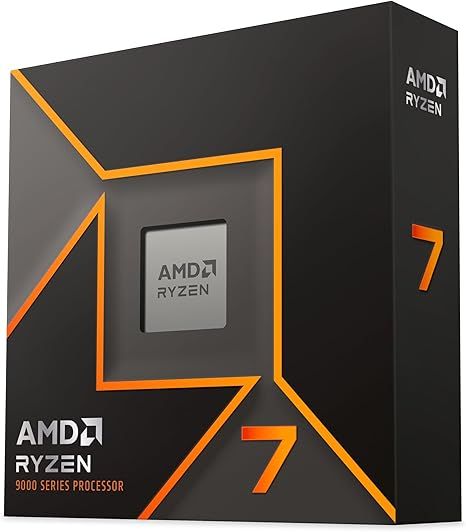
AMD Ryzen 7 9700X
The Ryzen 7 9700X is an 8-core, 16-thread AMD processor designed for the AM5 platform. It’s ideal for gaming, everyday tasks, and more. The CPU boasts a 5.5 GHz max boost clock, which can be further increased with Precision Boost Overdrive (PBO).
For overclockers, this is just the beginning. I love pushing my PCs to the absolute maximum (within reason), but overclocking often requires additional days of BIOS tweaking and testing to ensure your system is stable and indeed pushed to its maximum.
Back in the Day, Things Just Worked (or They Didn’t)
At the risk of sounding like “old man yells at cloud,” I feel like setting up computers was just simpler back in the days of Windows 95, 98, 2000, and XP, which are the earliest versions of Windows that I used.
The industry was also significantly smaller, meaning fewer hardware manufacturers and models to choose from. Instead of hundreds of different types of DDR5 RAM, there were maybe a couple of dozen DDR2 models, leaving less room for error.
Back then, computers were simpler devices, so it made sense that fewer things could go wrong. Each peripheral and component came with a floppy disk, and later a CD, containing the necessary drivers, and that was all you really needed. If you faced a bug in the system or a program, there wasn’t much you could do except live with it (though issues were less frequent overall).
Most programs and video games came with a sticker listing the Windows versions they supported, and they were simply expected to work. If they didn’t, you’d just assume the program was poorly made and move on.
Releasing an unfinished product and fixing it later wasn’t an option with physical media, and in the early 2000s, it wasn’t part of internet culture either.
This isn’t to say that old PCs were better—having no way to get a program that you really need running, and the lack of OTA security and feature updates wasn’t great. Still, they were simpler machines with fewer options and far less setup required.
If you ask me, it’s strange that setting up desktop PCs has become more finicky over the years, instead of evolving into a true plug-and-play experience like you’d get with a Mac or a nice business laptop. What used to take an hour is now a multi-day ordeal, as you work your way through the near-endless list of features, settings, and updates.
While the industry’s growth and new features that get added retroactively are exciting, they’ve also made setting up a PC more complicated, requiring owners to stay on top of the latest tech news. Hopefully, as technology continues to improve, we’ll find easier ways to set up our BIOS and graphics drivers.


